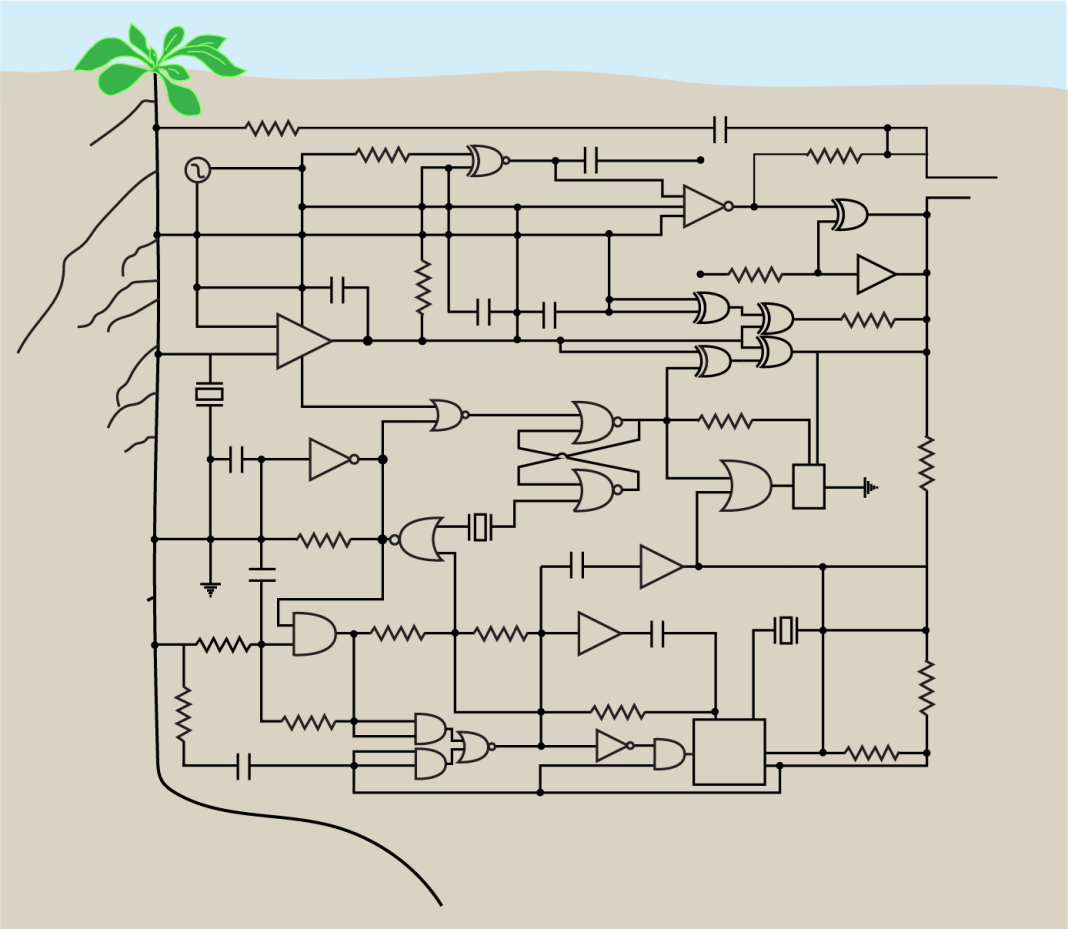Scientists have developed a toolbox of transcriptional regulators for plants and show that they can be used to construct synthetic genetic circuits that predictably modify root growth. Their work is an important step in designing crops with improved productivity that adapt well to climate change.
“Our synthetic genetic circuits are going to allow us to build very specific root systems or very specific leaf structures to see what is optimal for the challenging environmental conditions that we know are coming,” Jennifer Brophy, PhD, an assistant professor of bioengineering at Stanford who co-led the study with José Dinneny, PhD, an associate professor of biology at Stanford.
“We’re making the engineering of plants much more precise,” Brophy added. They published their work in a Science article entitled “Synthetic genetic circuits as a means of reprogramming plant roots.”
Global food production is increasingly being threatened by the floods, droughts, and extreme heat waves associated with climate change. Brophy and her colleagues aim to help crop plants grow more efficiently and effectively in these wide-ranging conditions by engineering genetic circuits that can drive the development of specific traits.
Although synthetic gene circuits have been implemented in various microbes and eukaryotic cell lines, the technology has been difficult to implement in complex organisms like plants because of the time required to produce transgenic lines and the difficulty of tuning circuit activity across diverse cell types.
Brophy’s team started with a toolbox. “We developed a collection of synthetic transcriptional regulators for plants that can be compiled to create genetic circuits,” the team wrote in their article. These consisted of different synthetic transcription factors and promoters derived from both bacterial and eukaryotic systems.
“[These] form an impressive collection of parts that can perform all major logical operations,” wrote Simon Alamos, PhD, and Patrick Shih, PhD, both from the University of California, Berkeley, in a perspective that accompanied the research paper. “Given the completeness of this toolbox, it should, in principle, be possible to use cell type-specific promoters to drive synthetic [transcription factors] and create spatially embedded logical operations in a cell type-specific manner.”
Brophy’s team designed more than 1,000 potential circuits to be able to manipulate gene expression in plants, measured their performance by transiently expressing transgenes in the leaves of tobacco plants, and found 188 designs that worked. The researchers are uploading these to a synthetic DNA database for other scientists to use in their work.
Once they had working designs, the researchers used one of the circuits to create logic gates that would modify the expression of a specific developmental gene in a precisely defined type of root cell of the model plant Arabidopsis thaliana. By changing the expression level of that one gene, they were able to modify the density of branches in the root system.
“This effort constitutes a milestone in the genetic engineering of a whole, fully developed multicellular organism,” Alamos and Shih wrote in their perspective.
The depth and shape of a plant’s root system affect how efficient it is at pulling different resources out of the soil. A shallow root system with many branches, for example, is better at absorbing phosphorus (which stays near the surface), whereas a deeper root system that branches at the bottom is better at collecting water and nitrogen.
“We have modern varieties of crops that have lost their ability to respond to where soil nutrients are,” Dinneny said. “The same sort of logic gates that control root branching could be used to, say, create a circuit that takes into account both the nitrogen and phosphorus concentrations in the soil, and then generates an output that is optimal for those conditions.”
Now that they have demonstrated that they can change the root growth structure of a model organism, the researchers intend to apply these same tools to commercial crops. They are investigating the possibility of using their genetic circuits to manipulate root structure in sorghum, a plant that can be refined into biofuel, to help it absorb water and perform photosynthesis more efficiently.
“Climate change is altering the agricultural conditions in which we grow the plants that we rely on for food, fuels, fibers, and raw materials for medicines,” Brophy said. “If we’re not able to produce those plants at scale, we’re going to be facing a lot of problems. This work is to help ensure that we will have plant varieties that we can grow, even if the environmental conditions that we’re growing them in become less favorable.”



